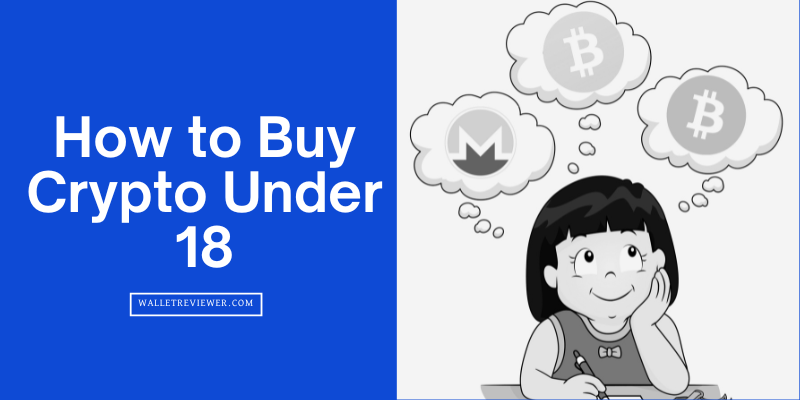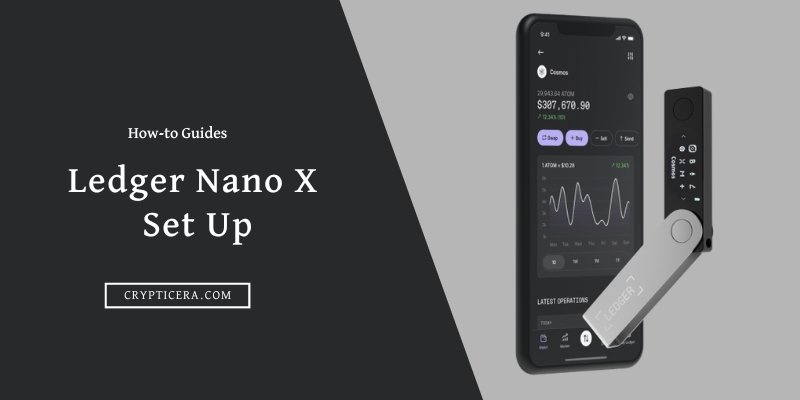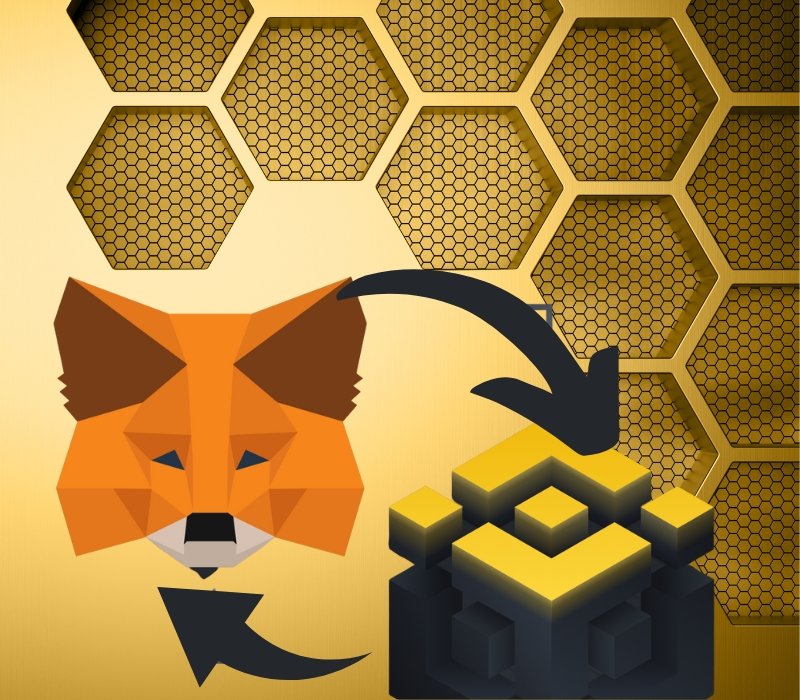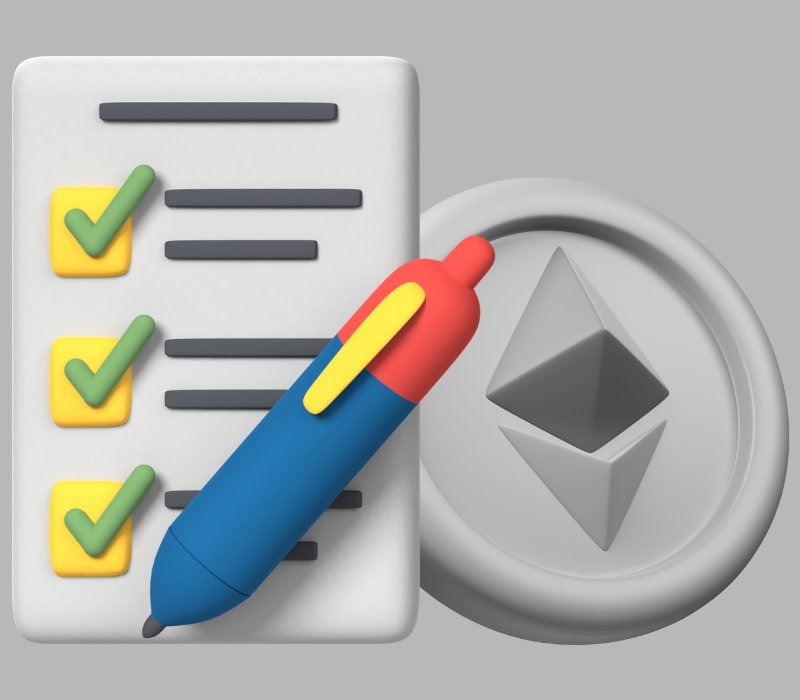Buying crypto under 18 isn’t easy, but many teens still want to get started early. Most big exchanges like Binance or Coinbase need you to be 18 or older. After checking real user reviews, testing platforms, and reading the terms, we found some ways teens are actually buying crypto without breaking laws or risking scams.
This guide explains how to buy crypto under 18 safely and smartly. We compared decentralized platforms, peer-to-peer apps, and no-KYC wallets. You’ll learn what works, what’s risky, and how to avoid mistakes.
Best Exchange to Buy Bitcoin Under 18: Top No-KYC Crypto Apps
How to Buy Cryptocurrency Under 18 Using MEXC (Only email required)
Step 1: Register Your MEXC Account
First, you need to create an account on the MEXC platform.
- Visit the Official Website: Go to the MEXC official website. Look for the “Sign Up” button, usually found in the top right corner of the homepage.
- Choose Registration Method: You can register using your email address or mobile phone number. For this guide, let’s assume you choose email.
- Enter Details: Input your email address, create a strong password, and you must use our MEXC referral code to get $8,000 bonus, enter it.
- Agree to Terms: Make sure to read and agree to the MEXC User Agreement and Privacy Policy. These documents contain important information about using the platform.
- Verify Email: A verification code will be sent to your registered email. Enter this code to complete the initial registration.
(Read my MEXC review)
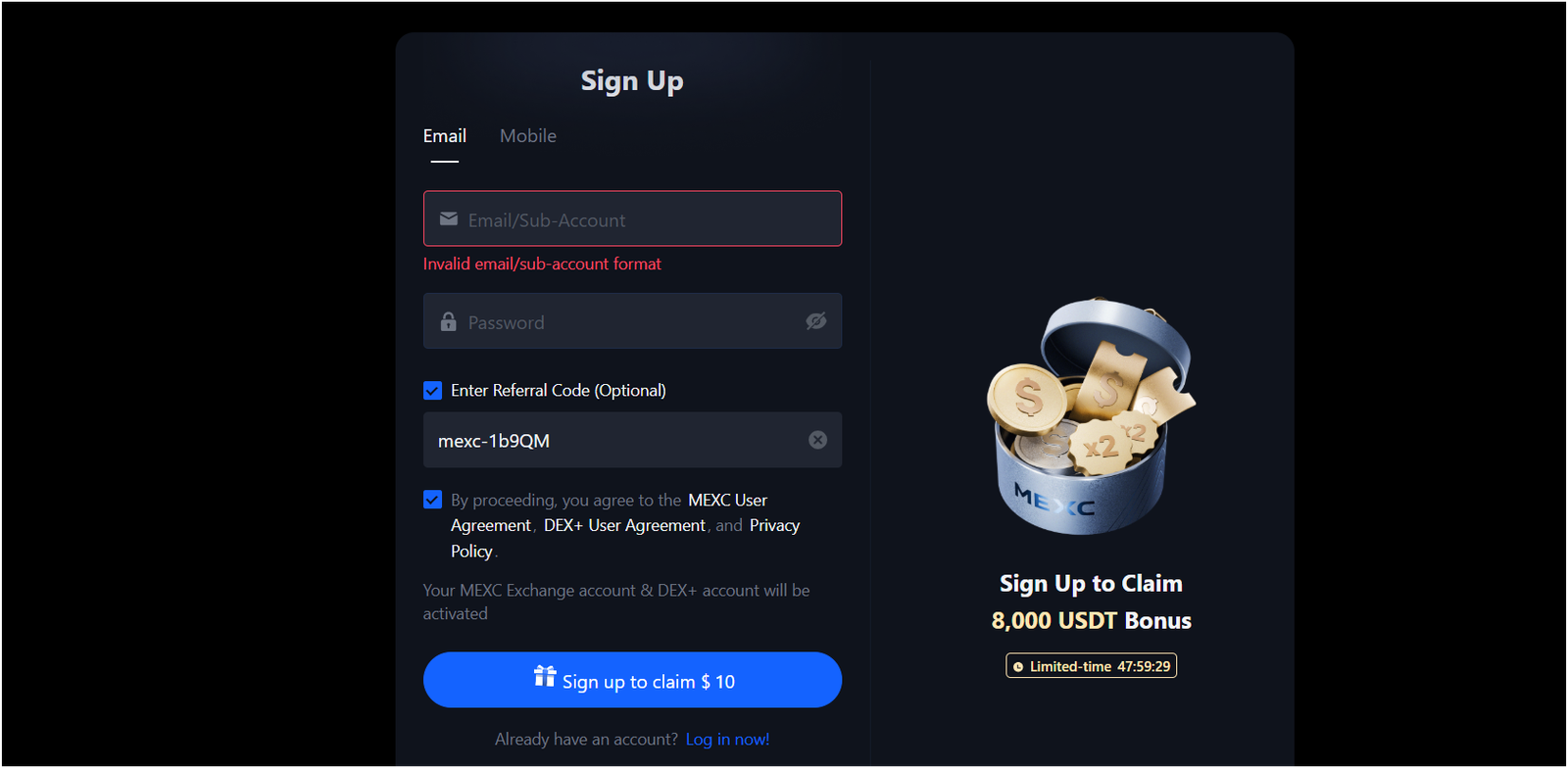
Step 2: Complete Identity Verification (KYC)
This is a crucial step for digital asset security and compliance. While you can register with just an email, to buy, sell, and withdraw significant amounts of crypto, you will need to complete KYC.
- Navigate to Verification: After logging in, go to your “Profile” section. Look for “Identity Verification”/
- Provide Information: You will typically need to provide personal details like your full name, date of birth, and country of residence.
- Upload Documents: You will be asked to upload images of a valid government-issued ID (like a passport or national ID card) and possibly a proof of address.
- Face Verification: Some platforms also require a selfie or a live face verification to match your face with your ID.
- Wait for Approval: The MEXC team will review your documents. This process can take some time, from a few minutes to a few days. Once approved, your account will have higher trading limits and withdrawal limits.
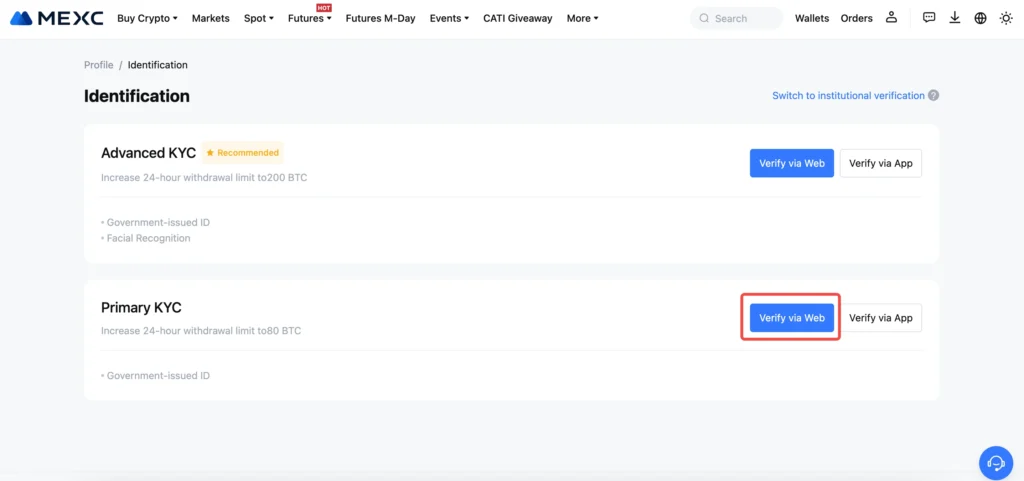
Step 3: Deposit Funds into Your Account
Once your account is verified, you can deposit funds to start buying digital currencies.
- Go to “Wallet”: On the MEXC interface, find the “Assets” section.
- Select “Deposit”: Choose the “Deposit” option.
- Choose Deposit Method: You can deposit cryptocurrency (if you already own some on another platform) or fiat currency (like USD, EUR) using various methods. Common options include:
- Crypto Deposit: Select the cryptocurrency you want to deposit (e.g., USDT, BTC) and the correct network. A deposit address will be generated. Send your crypto to this address from your external wallet or another exchange.
- Fiat Deposit: Look for options like “Buy Crypto” or “Fiat Deposit.” MEXC often partners with third-party payment providers (e.g., MoonPay, Simplex) to facilitate purchases using bank transfers, credit/debit cards, or other local payment methods. Follow the on-screen instructions of the chosen provider.

Step 4: Buy Your Desired Cryptocurrency
With funds in your account, you are ready to make a purchase.
- Navigate to “Trade”: On the MEXC homepage, find “Trade” in the navigation bar. You can choose “Spot Trading” for direct purchases.
- Select Trading Pair: Choose the cryptocurrency pair you want to trade (e.g., BTC/USDT if you deposited USDT and want to buy Bitcoin).
- Place Order: You can place different types of orders:
- Market Order: This buys or sells immediately at the current market price. It’s the simplest for beginners.
- Limit Order: This allows you to set a specific price at which you want to buy or sell. The order will only execute when the market reaches your set price.
- Enter Amount: Input the amount of cryptocurrency you wish to buy or the amount of fiat/USDT you want to spend.
- Confirm Purchase: Review your order details and confirm the purchase. The transaction fees will be displayed before confirmation.
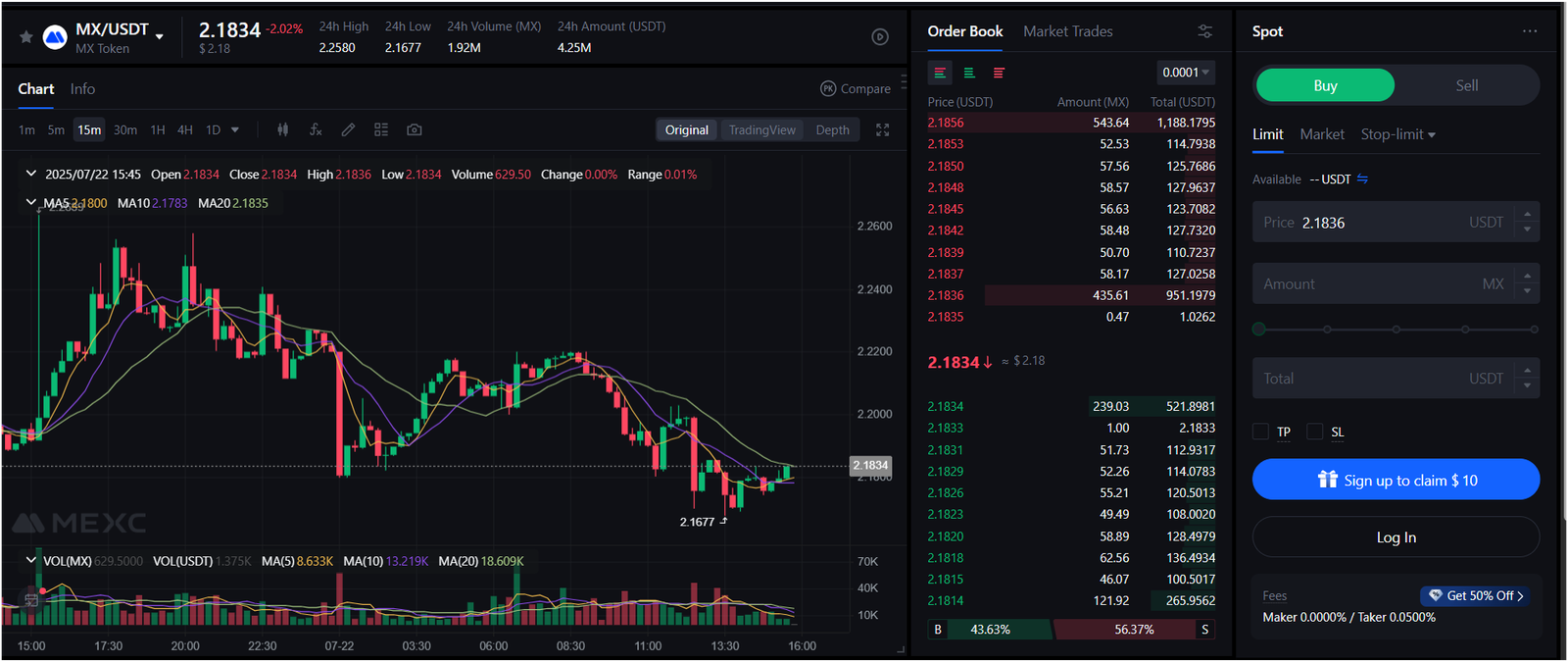
Step 5: Manage Your Cryptocurrency Assets
After buying, it’s important to manage your crypto assets responsibly.
- Check Your Wallet: Your purchased cryptocurrency will appear in your “Spot Wallet” or “Assets” section.
- Security Practices: Consider enabling Two-Factor Authentication (2FA) for added security. For long-term holding, you might consider withdrawing your crypto to a cold storage wallet (hardware wallet) for maximum security, though this involves withdrawal fees.
- Stay Informed: Keep an eye on the market and news related to your digital assets to make informed decisions.
Read: Best Bitcoin wallets
How to Trade Crypto Under 18: Ways for Teenagers to Legally Invest
Using no-KYC Exchanges
“No-KYC exchanges” are platforms that do not ask for your identity documents (like a passport or ID card) when you sign up or for small transactions. KYC stands for “Know Your Customer,” and it is a process banks and safest crypto exchanges use to check who their users are. This is done to stop illegal activities like money laundering.
For someone under 18, using a no-KYC exchange might seem like a way to get around age limits because you do not need to show an ID. However, these exchanges often have very low limits on how much crypto you can trade or withdraw.
Also, they might not be as secure or regulated as exchanges that do require KYC. This means there could be higher risks for your funds. It is also important to know that even if an exchange does not ask for KYC, the laws in your country might still require you to be of legal age to enter into financial contracts.
Check this out: best no-KYC crypto exchanges
Using Bitcoin ATMs
Bitcoin ATMs are physical machines, like regular bank ATMs, where you can buy or sometimes sell Bitcoin and other cryptocurrencies using cash or a debit card. They are found in many cities.
The process usually involves scanning a QR code from your crypto wallet, inserting cash, and then the Bitcoin is sent to your wallet. Some Bitcoin ATMs might ask for a phone number verification, but not always a full ID, especially for smaller amounts.
For a teenager, this could be a way to get a small amount of crypto with cash. However, Bitcoin ATMs often have higher fees compared to online exchanges, and the exchange rates might not be as good. Also, the legal age for using these machines can vary by location, and some might still require ID for larger transactions.
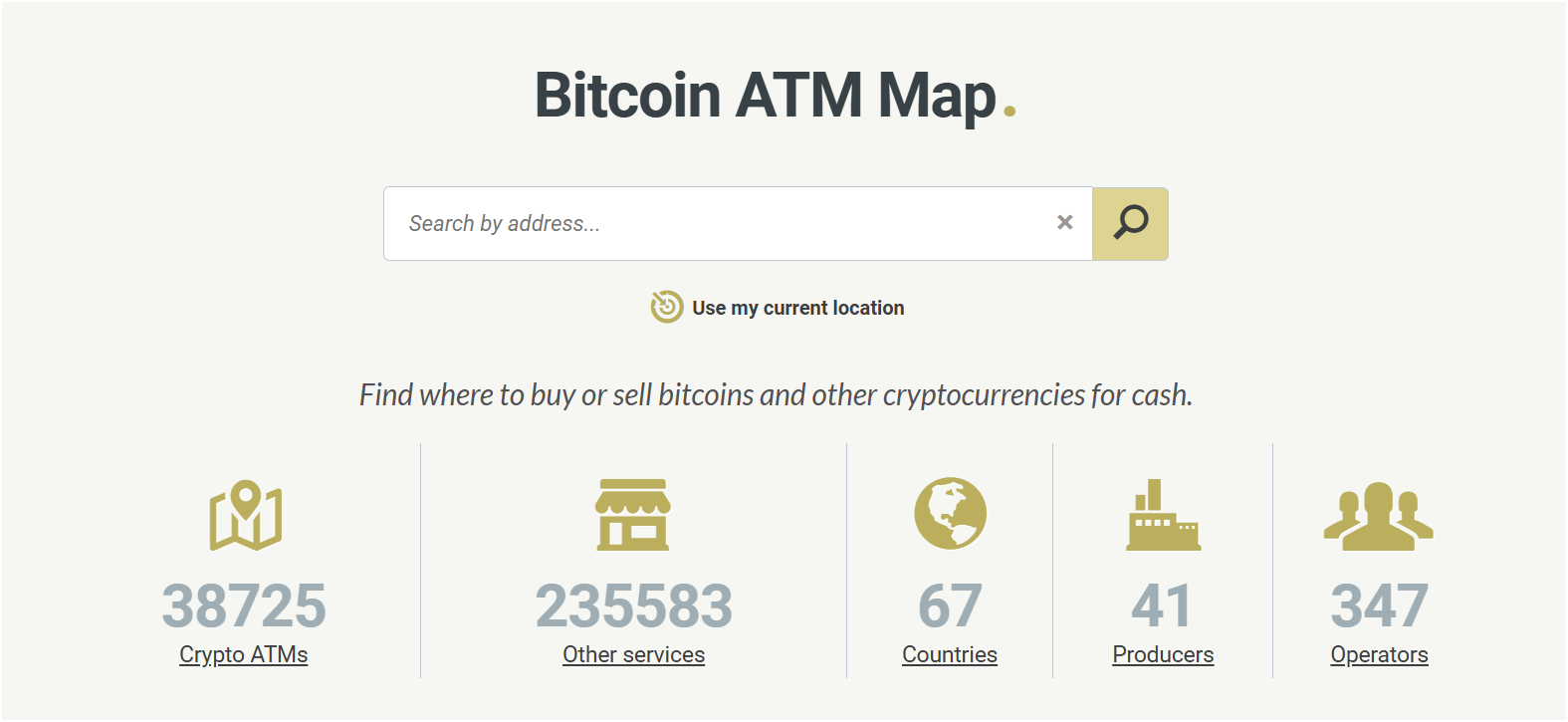
Usng Decentralized Exchanges (DEXs)
Decentralized exchanges, or DEXs, are different from regular crypto exchanges like MEXC. On a DEX, there is no central company or authority controlling your funds.
You trade directly from your own crypto wallet. This means you keep full control of your assets, and you do not need to go through a KYC process.
Because DEXs do not require identity verification, they are often seen as an option for people who want more privacy or for those who cannot pass KYC on centralized exchanges. For a teenager, this means you would not need to show an ID.
However, DEXs can be more complicated to use, especially for beginners. You need to understand how to manage your own crypto wallet and how to deal with network fees. There is also a higher risk of making mistakes if you are not careful, as there is no customer support to help you if you send funds to the wrong address.
Check this out: Best decentralized crypto exchanges
Using Peer-to-Peer (P2P) Trading
Peer-to-peer (P2P) trading means you buy or sell cryptocurrency directly with another person, without a central exchange holding the funds.
Platforms that offer P2P trading connect buyers and sellers. You might agree to meet in person, or you can use online methods like bank transfers or other payment apps to send money to the seller, and they send crypto to your wallet.
Some P2P platforms might have escrow services, which means the crypto is held by the platform until the payment is confirmed, adding a layer of security.
For a teenager buying crypto under 18, P2P trading might seem like a way to buy crypto without strict age checks, as it is a direct agreement between two individuals.
However, it is very important to be careful with P2P trading. There is a higher risk of scams or fraud, and you need to trust the person you are trading with. Always use a reputable P2P platform that offers security features like escrow and dispute resolution.
You can use P2P platforms like Paxful and LocalBitcoins.
Read: Best Bitcoin exchanges
FAQs: Crypto Investments for Teens
Is it legal to buy cryptocurrency if you’re under 18?
No, it is not legal for anyone under 18 to buy cryptocurrency on regulated exchanges. Almost all crypto exchanges require users to be at least 18 years old. This rule is based on laws that prevent minors from signing legal agreements.
Even if you try to register with false details, your account may get banned later. Some websites may not ask for your age, but using them still breaks their terms. So, if you’re under 18, buying crypto directly is not allowed on most legal platforms.
Can I use my parents’ ID to buy Bitcoin or other cryptocurrencies?
No, using your parent’s ID to buy crypto is not allowed. Most exchanges follow strict KYC (Know Your Customer) rules. If you use someone else’s ID, it’s considered identity fraud. Your account can be permanently banned, and the exchange may report the case.
Even if your parents agree, it’s still risky. Exchanges use facial recognition and ID matching, so the account will likely be flagged. Instead, it’s better to wait until you’re 18 or ask your parents to create an account in their name and manage it legally.
Which crypto exchanges allow minors to trade without KYC?
MEXC is the best crypto exchange that allows minors to trade without KYC. You can just sign up and start crypto trading. Also, some decentralized exchanges (DEXs) like Uniswap or PancakeSwap do not require KYC.
How can teens earn crypto without buying it?
Teens can earn crypto through legal and safe ways without buying it. Some good options are completing tasks on crypto reward platforms like Coinbase Earn (if allowed), writing content, designing graphics, or joining bug bounty programs.
Airdrops, crypto games, and faucet sites also offer small amounts of crypto. You can also earn by doing freelance work and getting paid in crypto. These methods are better than trying to buy or trade illegally.
Are Bitcoin ATMs a safe option for underage crypto buyers?
No, Bitcoin ATMs are not safe or legal for minors. Most Bitcoin ATMs now ask for ID verification before letting you buy. Some ATMs may allow small purchases without KYC, but this still doesn’t make it legal for underage users.
There are also high fees and scams linked to certain ATMs. Many machines are placed in less monitored locations, making them unsafe. If you’re under 18, it’s best not to use Bitcoin ATMs.
Can I buy crypto using gift cards or prepaid cards under 18?
Yes, it is possible to buy crypto using gift cards or prepaid cards. Many peer-to-peer (P2P) platforms let people trade gift cards for Bitcoin. Using this method under 18 still goes against most platform rules.
Prepaid cards might work on some unregulated sites, but your account may be blocked if caught. So, while technically possible, buying crypto this way under 18 is unsafe and not recommended.
What are the risks of buying crypto as a minor?
Buying crypto as a minor includes many risks. You may lose money through scams, fake platforms, or failed transactions. Most legal exchanges ban underage users, so you may get locked out of your account.
Using someone else’s ID can lead to legal trouble. Also, without proper knowledge, you may invest poorly and lose everything. If you don’t use a secure wallet, your crypto can be hacked or stolen. It’s better to learn first, stay safe, and wait until you are legally allowed to invest.
Can I store crypto in a wallet without age verification?
Yes, you can store crypto in wallets without age checks. Software wallets like Trust Wallet, MetaMask, or Exodus do not ask for ID. These wallets are free and easy to use. Hardware wallets like Trezor or Ledger also don’t need age verification, but you need to buy them.
What are the best ways for teens to start investing in crypto safely?
Teens should focus on learning about crypto instead of buying it. You can read books, watch YouTube tutorials, or use free courses from sites like Binance Academy or Coinbase Learn.
Try free crypto games or faucet websites to earn small amounts. Ask parents to help you open a legal account in their name if allowed. You can also join online communities to understand trends.
